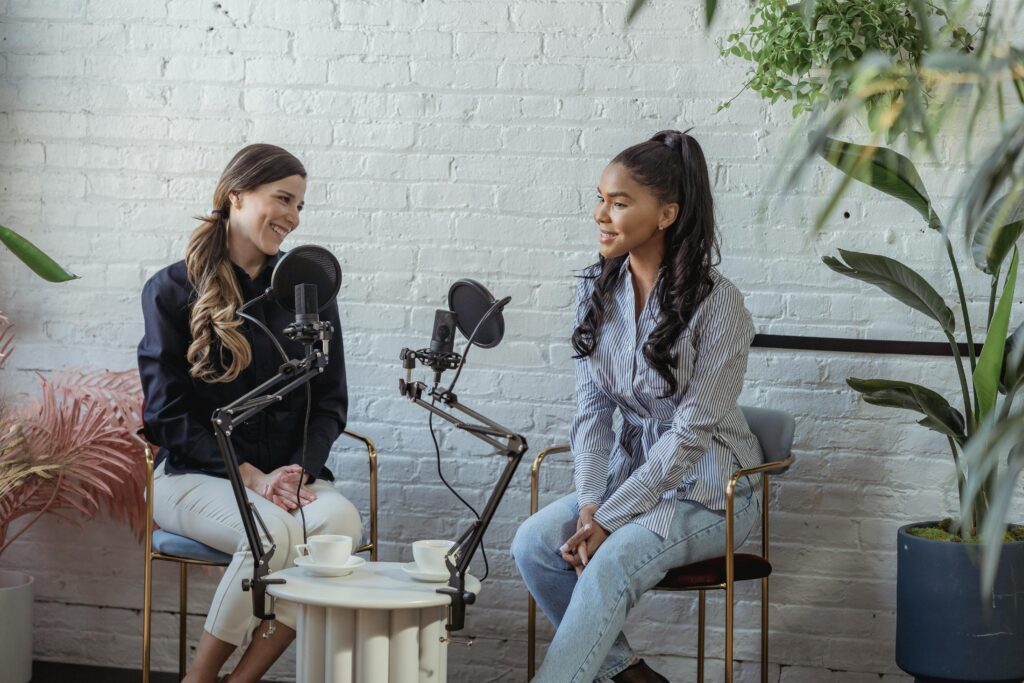
Voice over recording is a pivotal element in filmmaking, bringing stories to life with clarity and emotion. Whether you’re a seasoned professional or an emerging talent, the right tools are essential for achieving high-quality results. This guide explores the top five tools that can enhance your voice over recordings, ensuring your film’s narrative resonates with precision and impact. From microphones to digital audio workstations, these tools will help you capture and refine your voice for the best possible performance.
1. Microphones: Capturing Every Nuance
A high-quality microphone is the cornerstone of effective voiceover recording. Different microphones cater to various needs, but here are a few standout options:
Condenser Microphones:
- Neumann TLM 103: Renowned for its low self-noise and wide frequency response, this microphone captures every detail of the voice, making it ideal for professional voice overs.
- Audio-Technica AT2020: An excellent entry-level condenser mic, offering clarity and affordability without compromising on quality.
Dynamic Microphones:
- Shure SM7B: A favourite among podcasters and broadcasters, the SM7B excels in rejecting ambient noise and delivering a warm, smooth sound.
Lavalier Microphones:
- Rode SmartLav+: Perfect for on-the-go recordings or interviews, lavalier mics are small, discreet, and effective for capturing clear audio.
Choosing the right microphone depends on your recording environment and specific needs. Condenser mics are perfect for controlled studio settings, while dynamic and lavalier mics offer flexibility for various situations.
2. Audio Interfaces: Bridging the Gap
An audio interface is essential for converting analog signals from your microphone into digital data your computer can process. Here are some top choices:
- Focusrite Scarlett 2i2: A popular choice for its reliability, ease of use, and excellent sound quality, this interface is perfect for beginners and professionals alike.
- Universal Audio Apollo Twin MkII: Known for its superior preamps and built-in DSP for real-time effects processing, the Apollo Twin is a premium option for those seeking top-tier audio fidelity.
Audio interfaces vary in their input/output options, preamp quality, and additional features like built-in effects. Selecting the right interface ensures that your voiceover recordings maintain their integrity from microphone to computer.
3. Digital Audio Workstations (DAWs): Mastering Your Mix
A Digital Audio Workstation (DAW) is where the magic happens—editing, mixing, and mastering your voiceover recordings. Here are some industry favourites:
- Adobe Audition: Known for its intuitive interface and powerful editing tools, Adobe Audition is a go-to DAW for voiceover artists and filmmakers.
- Pro Tools: The industry standard for professional audio production, Pro Tools offers unparalleled editing capabilities and compatibility with a wide range of plugins and hardware.
- Audacity: A free, open-source option that provides robust features for basic to intermediate editing, making it accessible for beginners.
Your choice of DAW will depend on your budget, experience level, and specific needs. Investing time in learning your DAW will pay off in the quality of your final product.
4. Acoustic Treatment: Controlling Your Environment
The recording environment plays a significant role in the quality of your voiceovers. Acoustic treatment helps control reflections, reverberations, and background noise. Here are some effective solutions:
- Acoustic Panels: Placing these on your walls helps absorb sound and reduce reflections, creating a cleaner recording.
- Bass Traps: Positioned in the corners of your room, bass traps control low-frequency buildups, ensuring a balanced sound.
- Reflection Filters: These portable solutions surround your microphone, minimising ambient noise and reflections for a more direct sound capture.
Investing in proper acoustic treatment can transform an ordinary room into a professional recording space, ensuring that your voiceovers are clear and free from unwanted noise.
5. Headphones: Hearing Every Detail
High-quality headphones are crucial for monitoring recordings and making precise edits. Here are some top picks:
- Sennheiser HD 650: Known for their neutral sound profile and comfort, these headphones allow for detailed listening and accurate mixing.
- Audio-Technica ATH-M50x: A favourite among audio professionals, these headphones offer excellent sound isolation and a balanced frequency response.
- Beyerdynamic DT 770 Pro: These closed-back headphones provide clear, detailed sound and are comfortable for long recording sessions.
Choosing the right headphones ensures you can hear every detail of your recordings, making it easier to identify and correct any issues.
Conclusion
Investing in the right tools for voiceover recording can significantly elevate the quality of your film projects. From selecting the perfect microphone and audio interface to mastering your mix in a DAW, each component plays a crucial role in capturing and refining your voice. Proper acoustic treatment and high-quality headphones further ensure that your recordings are clear and professional. By utilising these top tools, you can create voice overs that enhance your storytelling and captivate your audience.








